How to Host a Local Equestrian Meet-Up or Event
Did you know that volunteers with different experience levels run hundreds of successful British Horse Society events each year?
Organising equestrian events can be a rewarding venture. It brings horse enthusiasts together and builds a positive reputation for your stable or horse-related business. The success of these events depends on careful planning and preparation. You need to select suitable venues and ensure proper safety measures under the Health and Safety at Work Act 1974.
Your event can create a vibrant local riding community and raise valuable funds for good causes. This applies whether you plan to host a yard dressage competition, a riding club meet-up, or horse care demonstrations. A well-planned approach to organisation, promotion and safety creates an engaging experience that participants and spectators will remember.
Let’s discover how you can organise and host a successful equestrian event to unite your local horse community.
Choosing the Right Type of Equestrian Event
The world of equestrian events gives you many choices to host gatherings that appeal to different riders and need unique planning. Your choice of event will determine everything from the venue you need to what participants expect, whether it’s a casual get-together or a structured competition.
Trail ride meet-up vs. competition events
Trail ride meet-ups are a great way to start hosting equestrian gatherings. These social events build community spirit and focus on fun rather than competition. A typical weekend trail ride covers thirty to sixty miles in two days. New riders can take shorter routes at slower speeds (3.5 to 5 miles per hour). More experienced riders often move faster (4 to 6 miles per hour).
Competition events need more detailed planning. Popular formats include dressage, show jumping, cross-country, eventing, and polo. Eventing tests both horse and rider’s versatility through three phases – dressage, cross-country, and show jumping. These events need specialised venues with proper facilities. To name just one example, show jumping competitions must have well-managed jumping courses with the right footing.
Horse care demos, clinics, and pony rides
Small-scale events work well with educational demonstrations. Horse care demos show practical skills like grooming, feeding, and health management. Research shows these topics interest equestrian audiences the most. You can run these events without needing competition facilities.
Trainer-led clinics are a great way to get valuable experience. Trainers might teach specific skills like classical dressage or creating “bomb proof” horses. Unlike competitions, clinics help riders learn and improve instead of ranking them.
Pony rides give families an easy introduction to equestrianism. You can organise these year-round – mounted activities in good weather or unmounted activities under shelter during cooler months. Safety comes first – proper supervision and fitted helmets are must-haves for all riders.
Matching event type to your audience
Your event’s success depends on how well it matches your local equestrian community’s interests and abilities. Beginners love friendly formats like gymkhana that focus on fun rather than technical skills.
Experienced riders who want challenges without high-level competition might enjoy competitive trail riding (CTR). CTR looks at how well horse and rider work together, their condition, soundness, trail manners, and movement.
Your venue’s features also matter when picking an event type. As one testimonial states, “Both indoor and outdoor surfaces are important, giving horses confidence to work their best”. The venue you choose should have facilities that match your event’s needs.
Planning the Logistics and Venue
The right venue and its facilities are the foundations of any successful equestrian event. You need to think about both facilities and how available they are.
Booking an equestrian facility or centre
Your chosen venue should match your event’s specific needs. Many equestrian centres let you hire their facilities at different prices. Indoor arenas (typically 70m x 30m) cost about £30 per hour or £210 per day. Outdoor schools (around 60m x 25m) usually cost £25 per hour or £175 per day. These prices usually cover up to four horses. Extra horses will cost more.
Most venues include jumps or dressage equipment in their simple hire charges. You might also need stabling, classrooms, or yard facilities that could cost extra. Read the terms and conditions really well before booking. Many venues will charge cleaning fees if you don’t leave areas tidy.
Horse trailer access and parking
Your event’s success depends on good trailer access. You should assess approach roads carefully. Large horseboxes struggle with narrow, winding, or steep approaches. Look for venues that have designated horsebox parking areas with enough turning space and level ground.
Some places offer special horsebox parking schemes. Members get keys to access secured parking areas. Let participants know about parking arrangements early. Tell them about any height restrictions or special access requirements.
Creating an equestrian event checklist
A complete checklist created two weeks before your event will help everything run smoothly. Break down tasks into these categories:
- Venue preparation: Arena booking confirmation, footing preparation, designated parking areas
- Equipment needs: Jumps, sound systems, tables, chairs, clipboards
- Safety provisions: First aid coverage, emergency contacts, risk assessments
- Logistics coordination: Stall assignments if applicable, volunteer schedules
Set up a staging area in your barn to gather equipment before loading. Pack items in reverse order based on when you’ll need them. Keep emergency equipment easily available at all times.
Ensuring Safety and Legal Compliance
Safety should be your main goal when organising equestrian events. The right protocols protect participants and your organisation from liability issues.
Risk assessments and insurance essentials
The law requires a written risk assessment for every equestrian event. The British Horse Society suggests five key steps: spot hazards, figure out who’s at risk, assess risks and set up safeguards, write everything down, and check regularly. You should keep all documents for three years plus the current year.
Public liability insurance plays a crucial role. It covers up to £30,000,000 for claims tied to your legal liability. You’ll need employers’ liability insurance if you have staff or volunteers – it’s the law. Specialist insurers give you two choices: yearly policies for regular events or single-day coverage for one-off gatherings.
Safeguarding and supervision for youth programmes
Organisations running activities for children or vulnerable adults need solid safeguarding policies. This means clear behaviour guidelines, proper supervision ratios, and proper vetting for all volunteers.
Events with under-18s need supervision levels based on age, skill level, support needs, and activity type. People watching over kids must go through safer recruitment steps, including criminal record checks. You should call the police if a child stays missing for more than 20 minutes.
First aid, emergency plans, and safe event signage
Your first aid kit should have everything ready: thermometer, stethoscope, bandages, antiseptics, and splint materials. Keep a list of emergency contacts handy with vet numbers, help contacts, and clear directions to care centres.
Good safety signs help manage risks by marking dangerous areas, showing directions, and spelling out important rules. These signs must meet standards for colour, text, and materials, especially near horse paddocks or jumping areas.
During emergencies, use the DRABC approach (Danger, Response, Airway, Breathing, Circulation). Don’t move hurt riders unless you absolutely have to.
Promoting and Running the Event Smoothly
A successful equestrian gathering needs strong promotion that transforms a well-laid-out event into one that draws crowds.
Using social media and local networks
Social media platforms have become the go-to tools for event marketing. Research shows that 77% of equestrians use these channels to find upcoming events. These sports look great on camera, making Instagram, Facebook, and TikTok perfect platforms for equestrian promotions.
Your content should include behind-the-scenes preparations, rider interviews, and memorable moments from past events. Regular updates work well, and live-streaming parts of your event lets people participate even when they can’t be there in person.
Email marketing should be another cornerstone of your strategy. A strong email list of past participants and interested parties helps you send targeted newsletters with key details. Unlike social media, you can tailor email communications to specific groups. This makes emails a great way to build and grow your volunteer programme.
Working with equestrian vendors and sponsors
Sponsorship is a vital part of keeping equestrian events running. Create tiered sponsorship packages that line up with sponsors’ goals. Banner space in arenas costs around £50 per year, while jump sponsorship ranges from £200-£600.
Sponsors get value through multiple posts on your social channels, coverage during prize-giving, and PA announcements that express their business throughout the day. Cross-country fence sponsorship gives companies naming rights to competition obstacles – another popular choice.
Managing volunteers and on-the-day flow
Volunteers are the heart of successful events. They provide vital services and substantially reduce staffing costs. Dressage writing, stewarding, fence judging, and secretarial duties are some roles that come up often.
Your volunteers need to feel appreciated. Give them full hospitality throughout the day with breakfast, lunch, and plenty of cake. Many organisers also give out vouchers for services like XC schooling or rug washing.
The day’s management needs a clear flow plan that covers check-in procedures, prize-giving ceremonies, and movement between event segments. A post-event review helps note what worked well and spots areas for improvement.
Conclusion
Planning an equestrian event needs attention to many details – from picking the right type of gathering to putting safety measures in place. Your success largely depends on solid planning and knowing what your local riding community needs.
Of course, the right venues, smooth logistics, and legal compliance are the foundations of any successful equestrian meet-up. Effective promotion through social media and local networks also helps ensure strong attendance and builds lasting connections within the horse community.
Note that safety always comes first. Risk assessments, proper insurance coverage, and clear emergency protocols should be in place before your event starts. Your event will run smoothly when you work with reliable volunteers and create detailed checklists.
The key is to create an engaging experience that brings value to both participants and spectators. Trail rides, competitions, or educational demonstrations can strengthen local equestrian bonds. This helps establish your reputation as a trusted organiser in the British horse community.

Welcome to Sell Your Horse, a platform dedicated to connecting equestrians with each other, making horse buying and selling easier and more transparent. With a focus on technology and community-building. My mission is to help like-minded equestrians find the right connections, share knowledge, and build a trusted equine network.




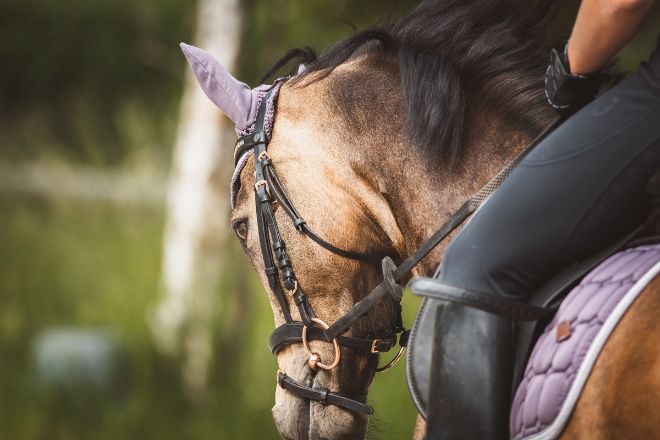
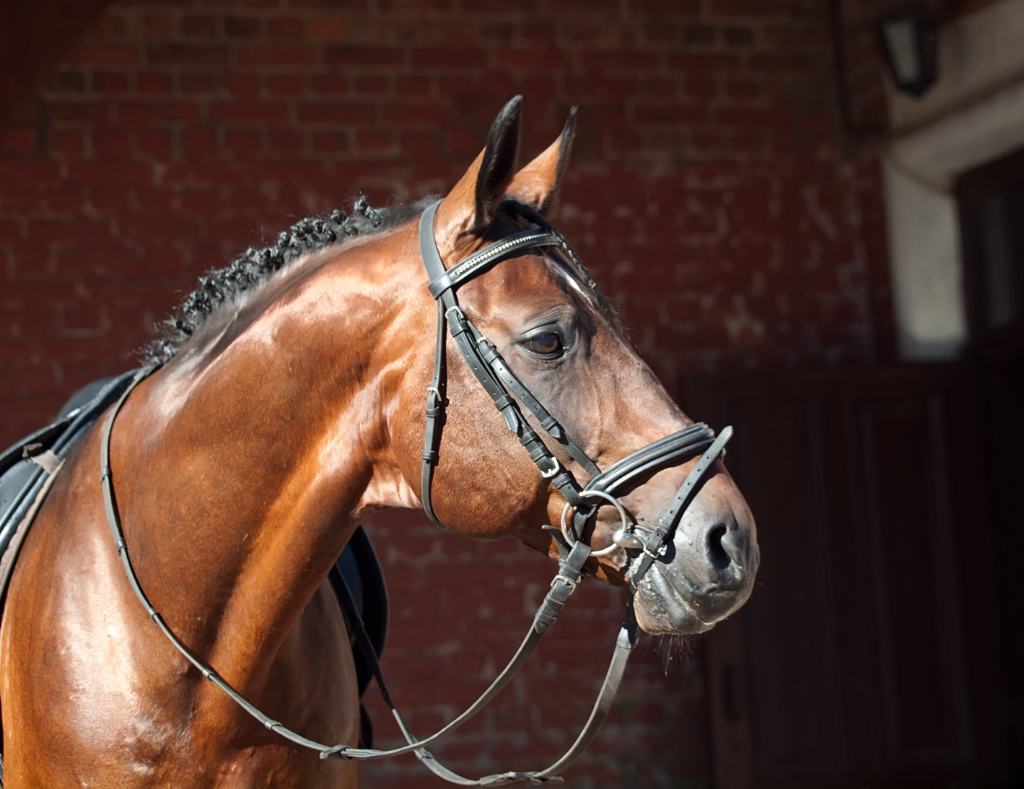
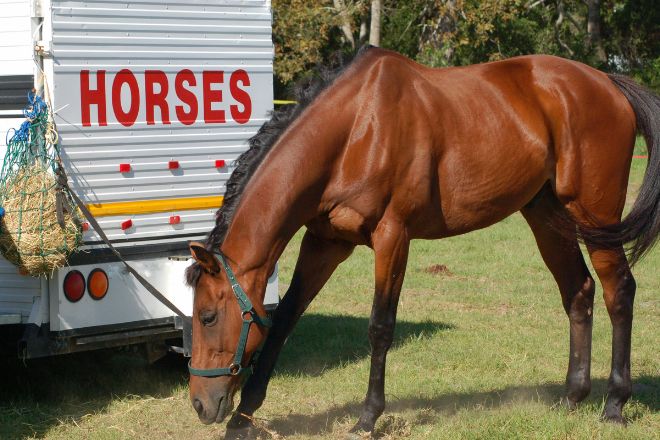
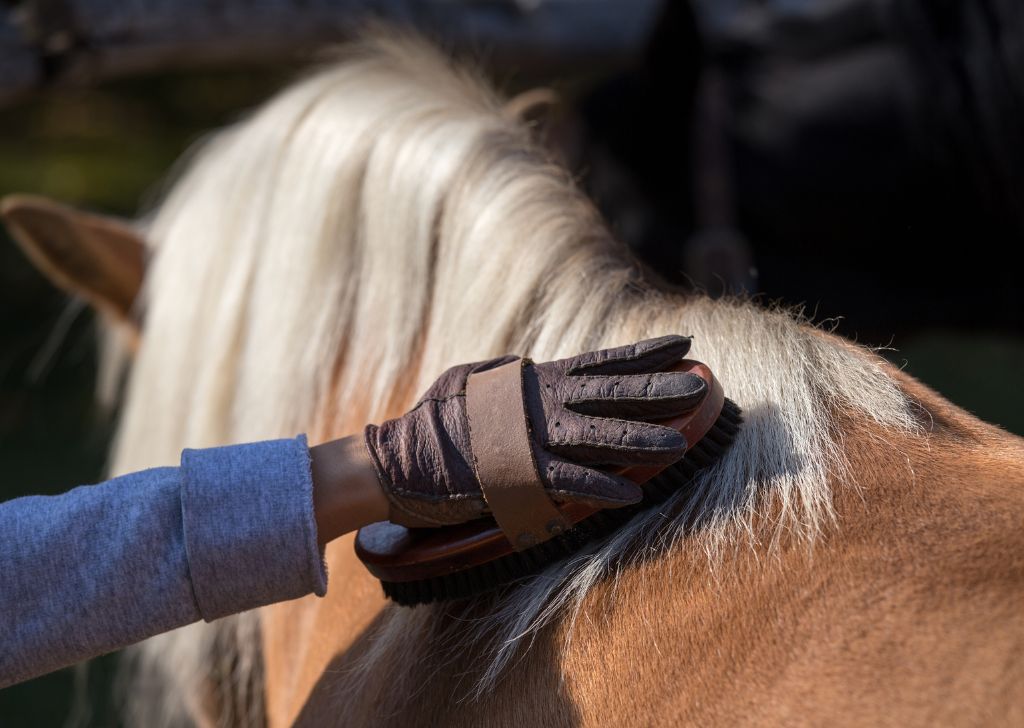
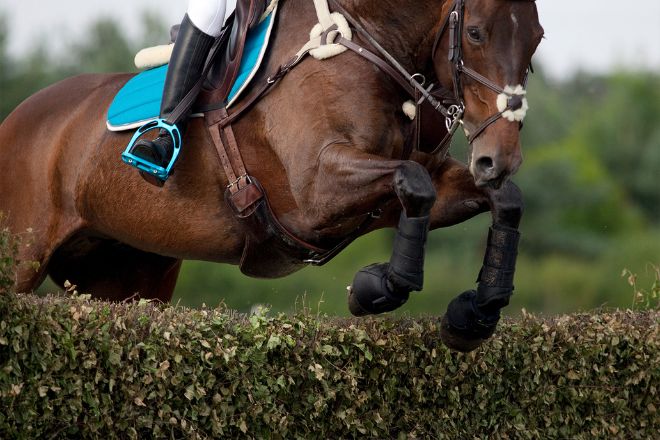
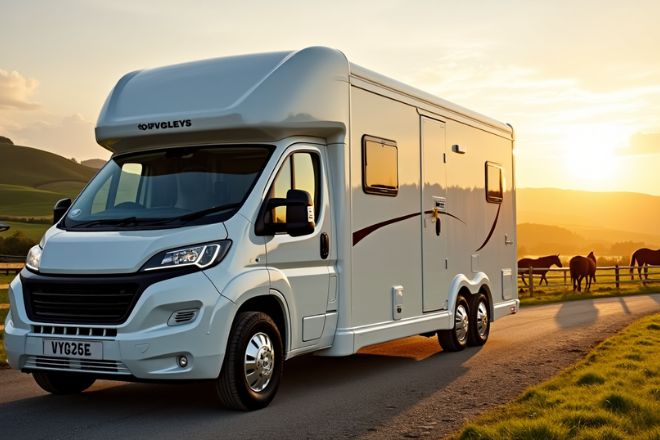

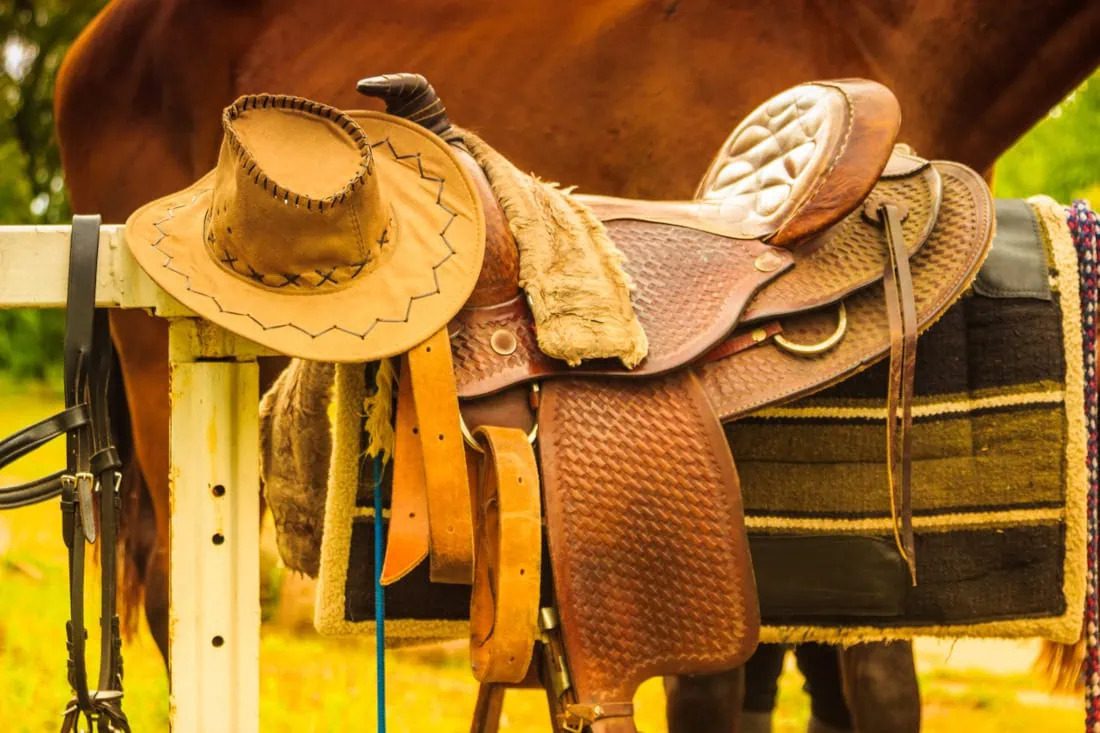
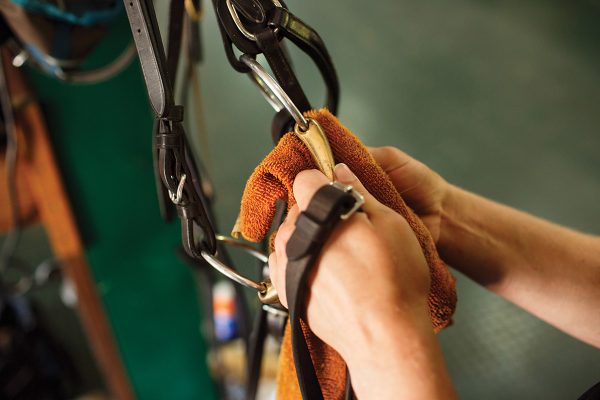


 Featured Listings
Featured Listings
 Adverts
Adverts
 Horses For Sale
Horses For Sale
 Tack & Equipment
Tack & Equipment
 Horseboxes & Trailers
Horseboxes & Trailers
 Equine Properties
Equine Properties
 4x4 Vehicles
4x4 Vehicles
 Horses For Loan
Horses For Loan
 Horses Wanted
Horses Wanted
 Stallions at Stud
Stallions at Stud
 Equine Services
Equine Services
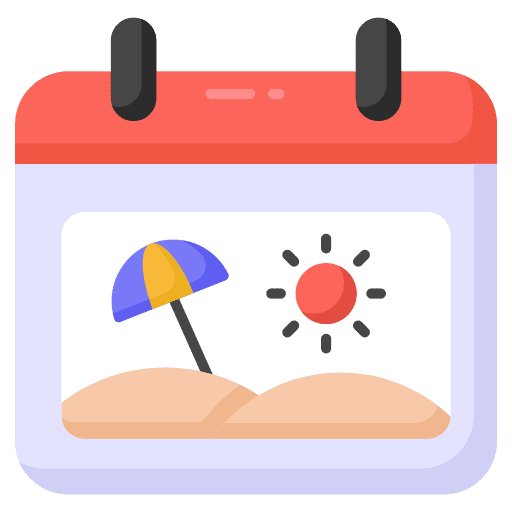 Riding Holidays
Riding Holidays
